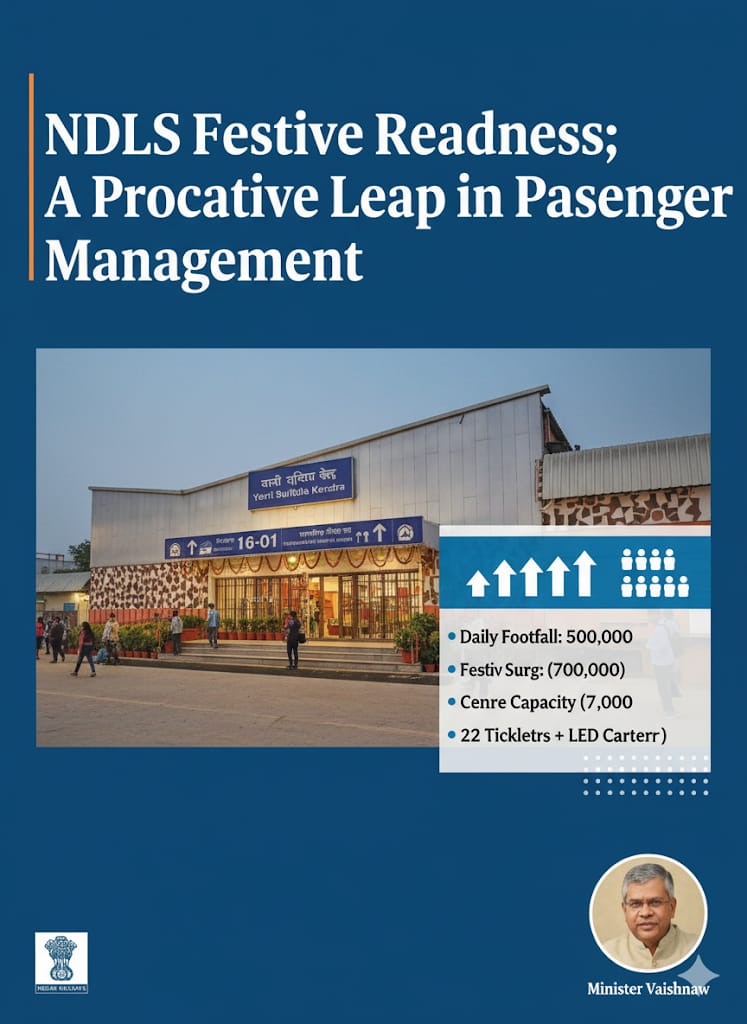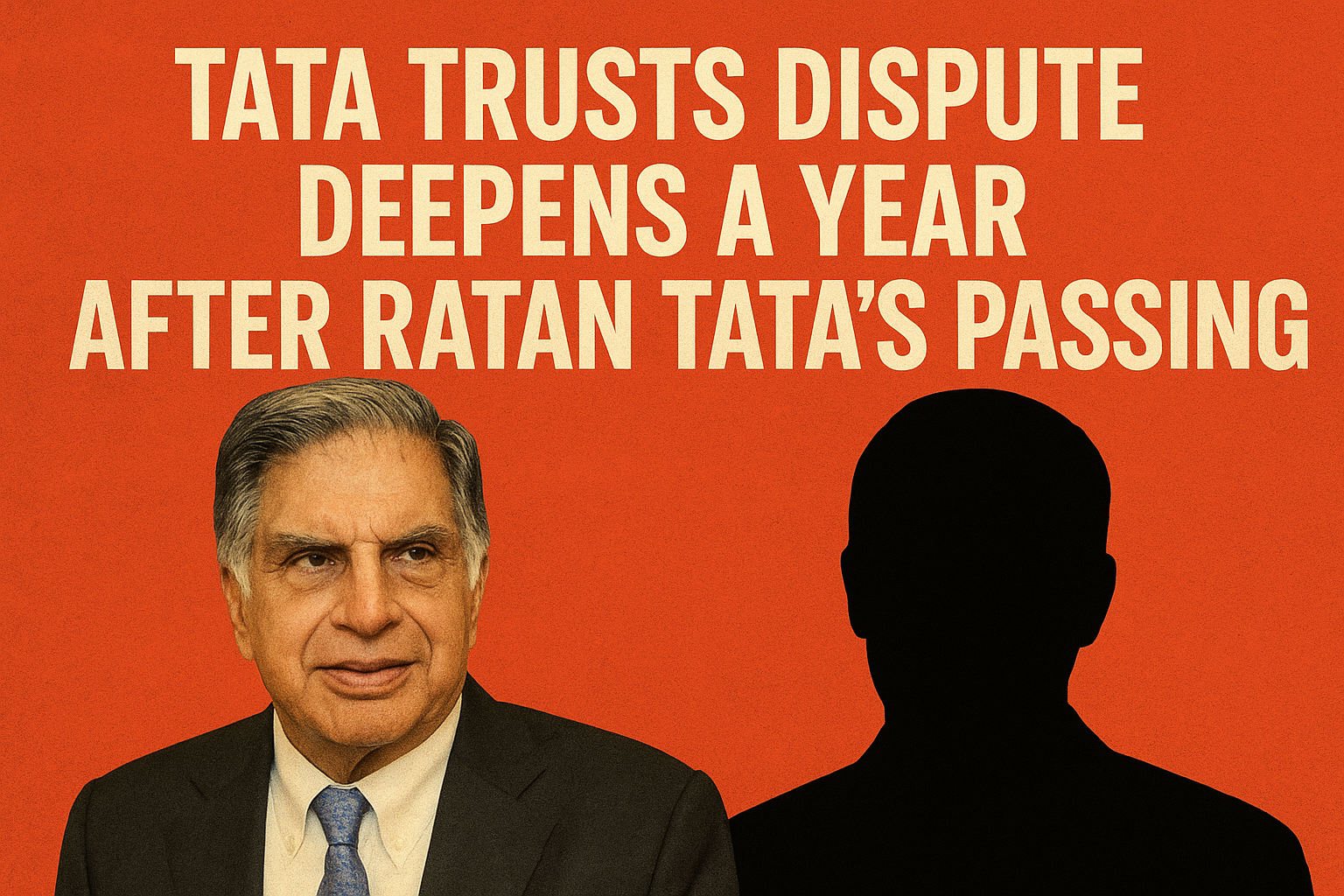
Can a river long declared biologically dead come back to life with the help of data? Delhi is about to find out. In a first-of-its-kind initiative, the city government will install 32 real-time water quality monitoring stations across the Yamuna and its major drains. The goal is simple yet ambitious — catch pollution as it happens, and fix it before it spreads.
These stations, expected to be up and running by year-end, will track key pollution indicators like Biological Oxygen Demand (BOD), Chemical Oxygen Demand (COD), Dissolved Oxygen (DO), and ammoniacal nitrogen. These aren’t just technical terms; they’re direct measures of how much life the river can support — and how much waste it's being forced to carry.
Eighteen stations will monitor the city’s heavily polluted drains such as Najafgarh and Shahdara. Six will be positioned at critical locations along the Yamuna itself, including Nizamuddin Bridge, ITO, and the Agra Canal. An additional eight will keep watch at points where major drains empty into the river — crucial entry points that act as pollution bottlenecks.
This isn’t just a Delhi affair either. The plan extends to upstream locations in Haryana and Uttar Pradesh, where pollutants often begin their journey toward the capital. By tracking water quality before it even reaches Delhi, the city hopes to better coordinate with neighboring states and identify specific sources of contamination.
But perhaps the biggest shift is not technological — it’s philosophical. The Delhi Pollution Control Committee (DPCC) says the data collected won’t stay locked inside government files. Instead, it will be made public, updated in real time, and accessible to all. This level of transparency can empower citizens, environmental groups, and media to hold authorities accountable and ensure follow-up action.
Experts believe this could change the game. Bimlesh Rawat, a water scientist who has studied the Yamuna for years, sees it as a practical step forward. “Real-time monitoring means you don’t have to wait weeks to know what’s going wrong. If something is polluting the river today, you’ll know it today — and that means you can fix it faster,” he says.
Of course, technology alone won't save the Yamuna. Sensors must be maintained, data must be interpreted correctly, and most importantly, action must follow. But for a city often caught in reactive firefighting, this initiative promises a shift to proactive response.
For too long, the Yamuna has suffered from a lack of urgency and coordination. Real-time monitoring won't clean the river overnight, but it could mark the beginning of a more accountable and science-driven approach to a problem that's been ignored for far too long.
So, will Delhi finally see a cleaner Yamuna? With data now flowing faster than pollution, the river might just stand a chance.



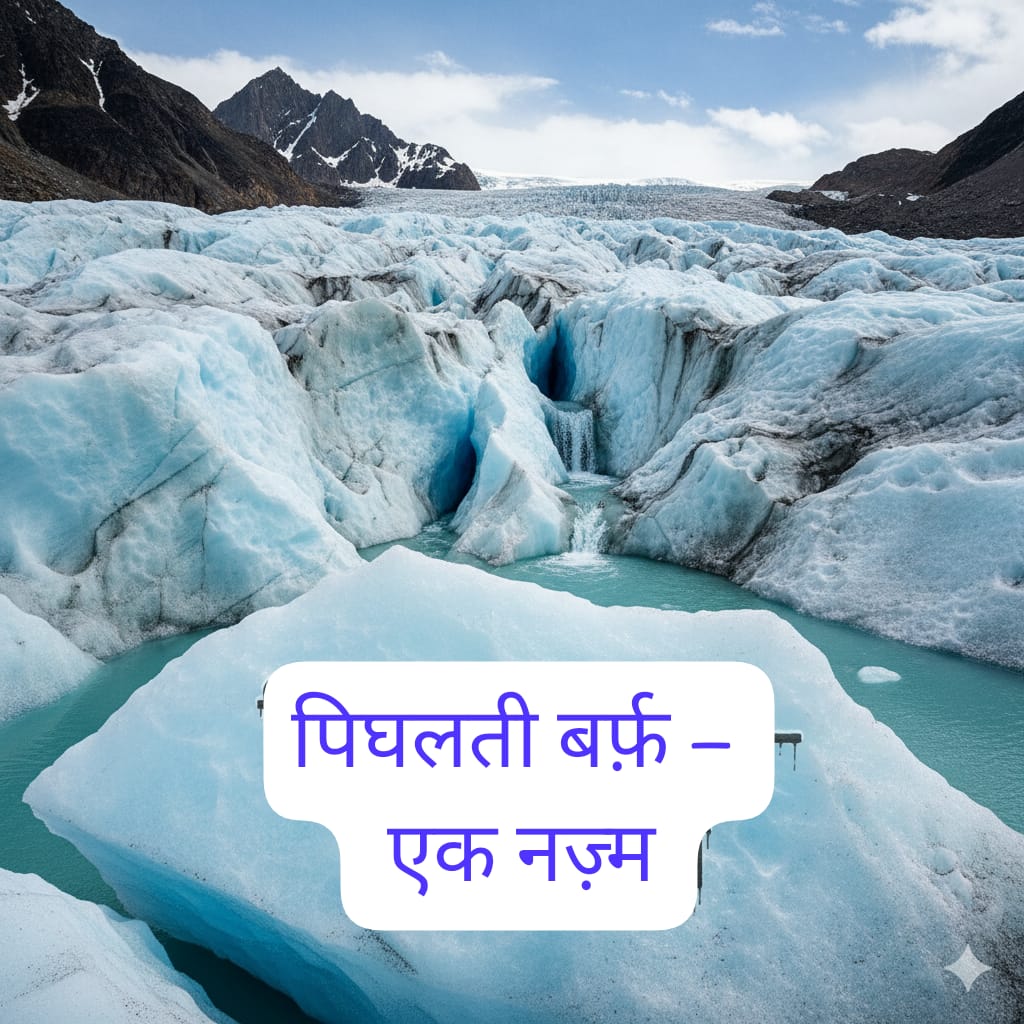
.jpeg)

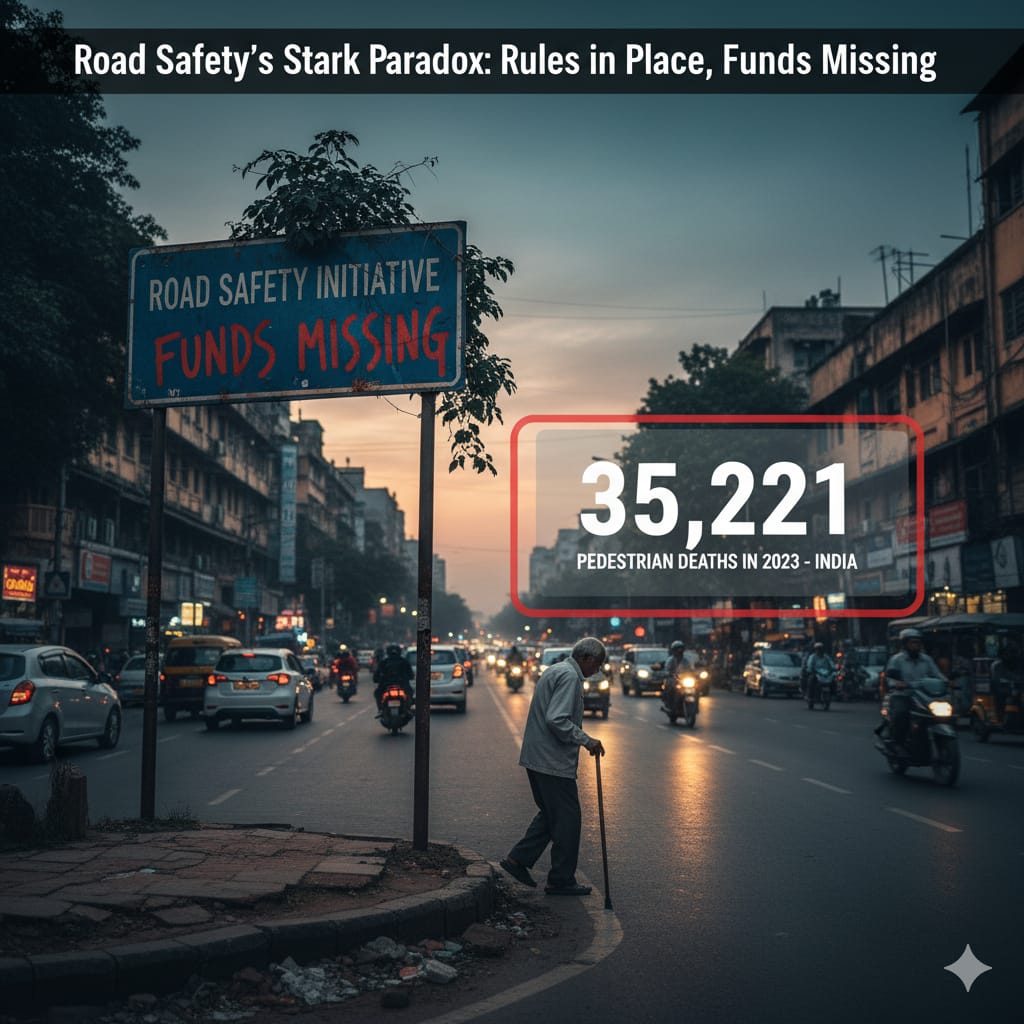
.jpeg)

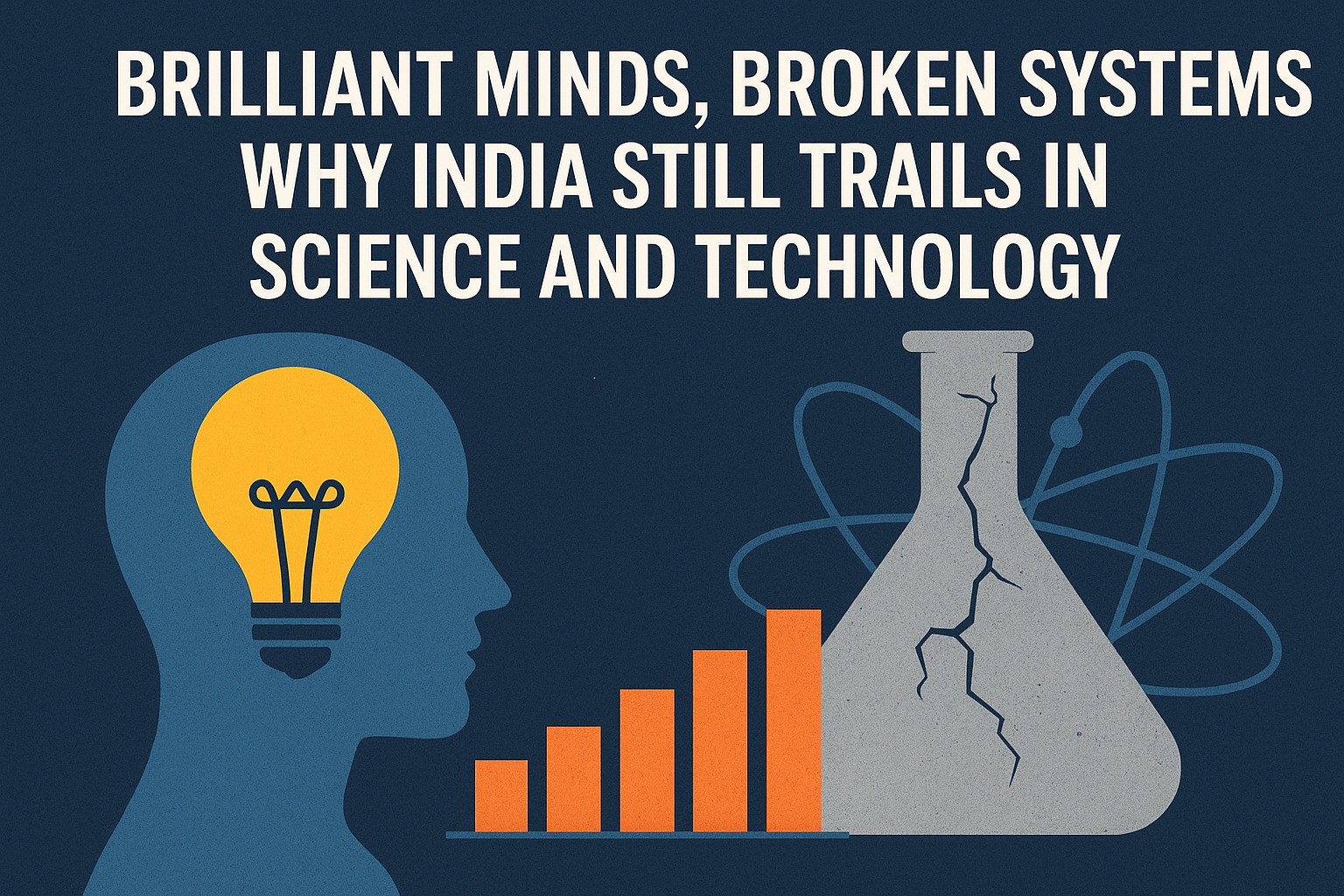
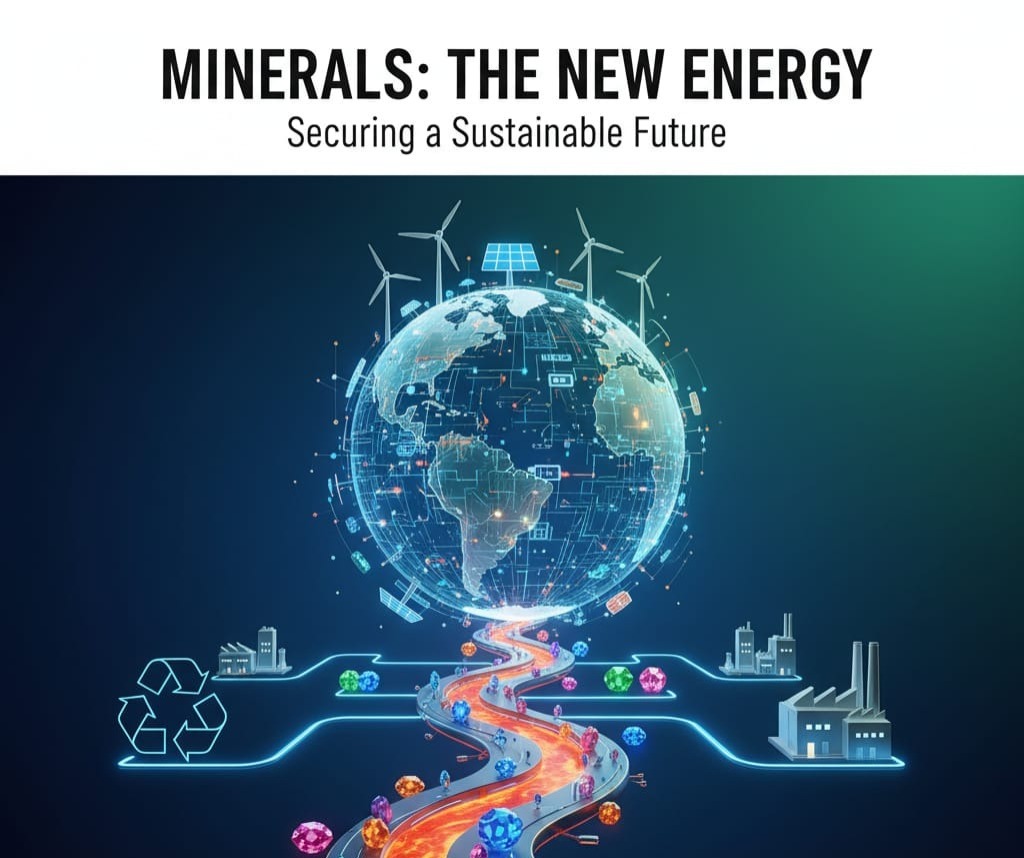

.jpeg)
